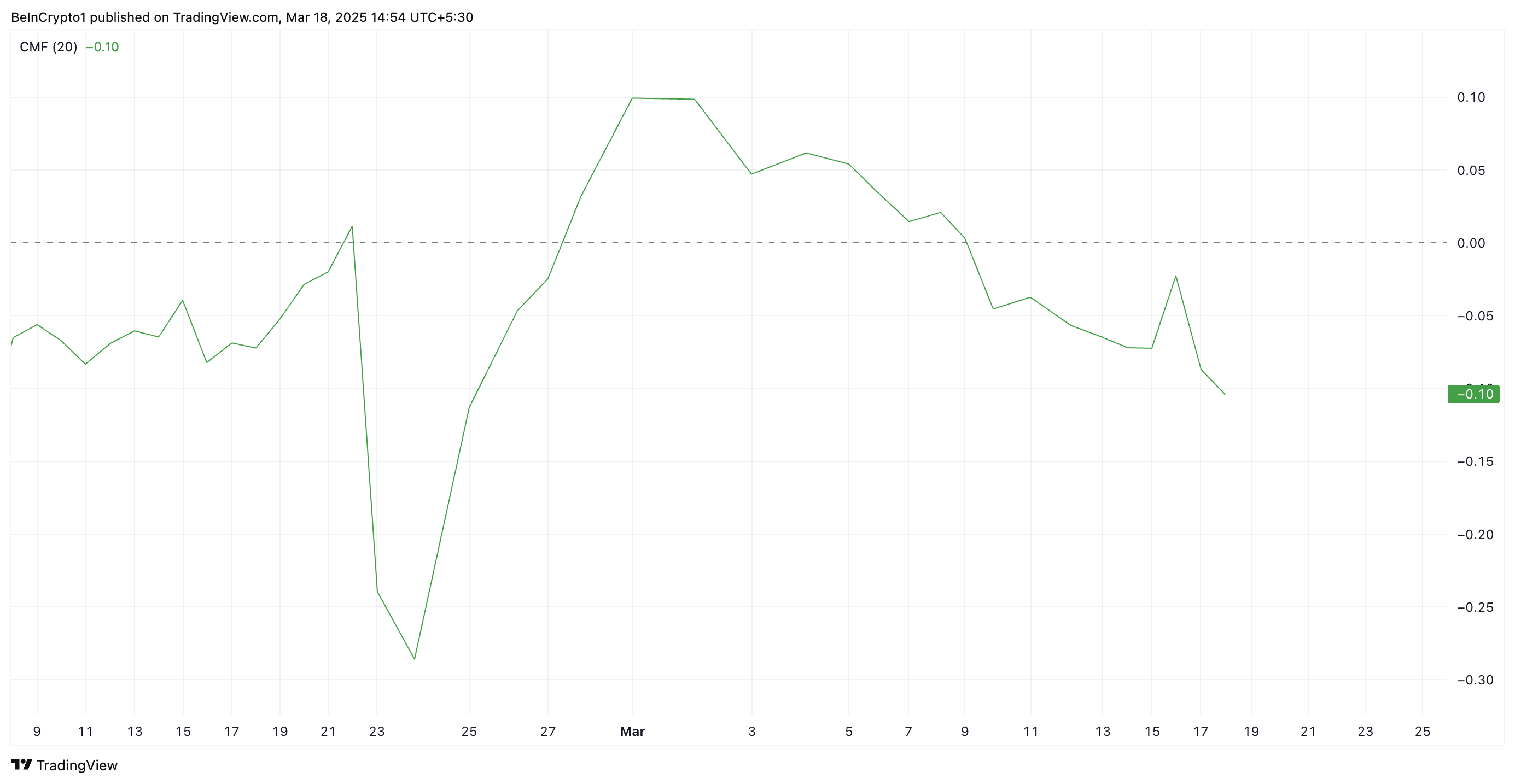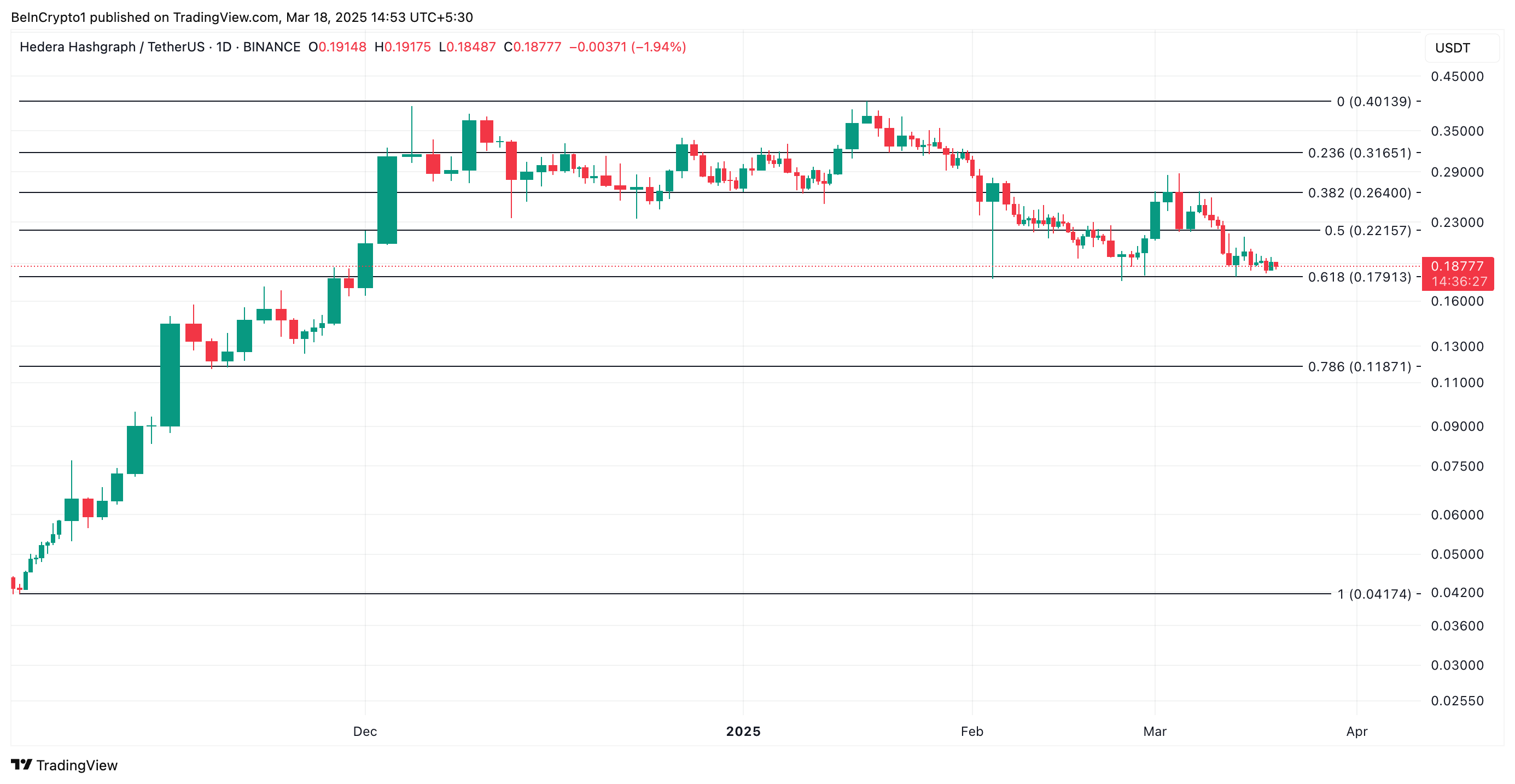Rapid quantum computing breakthroughs intensify fears over Bitcoin’s security, with some experts now believing Q-Day could arrive much sooner than previously thought.
David Carvalho, CEO of Naoris Protocol, warns that quantum computers may break highly secure algorithms in two to three years, finding Bitcoin and other cryptocurrencies alarmingly underprepared.
Global Quantum Race Accelerates
The quantum sector is advancing at an astonishing pace. Governments and private companies increasingly invest enormous sums to speed up the next big technological breakthrough.
On Thursday, the South Korean government revealed its plan to invest about 650 billion won—more than $480 million—over the next eight years. This funding will bolster the country’s quantum technology capabilities, including high-performance computers.
Three days earlier, the United Kingdom announced it would commit over $921 million to speed up the application of quantum technology in various sectors, from energy to healthcare.
Such investments reflect a global phenomenon. A Q1 2025 report by The Quantum Insider revealed a remarkable 125% surge in quantum technology investments compared to a year earlier, surpassing $1.25 billion.
Meanwhile, the technology itself is also quickly becoming more sophisticated.
The Quantum Threat to Modern Encryption
Current encryption, like RSA, relies on unsolvable mathematical problems for classical supercomputers. Specifically, RSA-2048, a 2048-bit standard securing vast online data, derives strength from the near impossibility of factoring its massive prime numbers.
Qubits, however, enable quantum algorithms like Shor’s algorithm to factor large numbers efficiently, solving these “hard” problems exponentially faster.
Just last month, Google Quantum AI estimated that RSA-2048 could be broken in less than a week with under one million qubits, sharply accelerating its threat timeline.
So, how far away are we from seeing a quantum computer break an RSA-2048 encryption?
Key Breakthroughs Fuel Quantum Alarm
Last year, a group of Chinese researchers led by Wang Chao from Shanghai University demonstrated a significant advance in quantum cryptanalysis. They used a special type of computer known as a D-Wave quantum annealer to factor a 22-bit RSA key.
This breakthrough notably surpassed the previous 19-bit key limit, demonstrating quantum annealing systems’ scalability beyond earlier known boundaries as cryptanalytic methods continue to improve.
Carvalho highlighted the urgency of these advancements to BeInCrypto:
“This encryption in itself isn’t the most secure, but what’s terrifying is the speed at which they have progressed from 19-bit to 22-bit encryption. It’s clearly only a matter of time until quantum computers can break highly secure algorithms, and that time is quickly running out. It’s complacent to assume we even have five years left before RSA encryption can be broken – it’s more like 24-36 months,” said David Carvalho, CEO of Naoris Protocol.
He isn’t alone in stressing its imminence.
Leaders Urge for Preparedness
University of Waterloo expert Michele Mosca previously predicted a one-in-seven chance that fundamental public-key cryptography could be broken by 2026. Major tech and banking entities, including IBM, Microsoft, and SWIFT, now urgently advise organizations to plan their post-quantum cryptography transition.
“Every single day this is delayed, cybercriminals are getting closer to hacking every system that matters, and once hacked, what’s lost can never be recovered. It’s getting far too close for comfort now,” Carvalho stressed.
Yet, how immediate is this threat in practical terms? What do we truly need to break the encryption?
Separating Hype from Reality
While breakthroughs like factoring a 22-bit RSA key are certainly significant advancements, they must be put into perspective.
A 22-bit key, though an increase from 19 bits, differs vastly from breaking RSA-2048. The jump isn’t linear; it’s an exponential increase in complexity that demands many more qubits and vastly improved error correction.
Breaking RSA-2048 on a practical timeline requires a Cryptographically Relevant Quantum Computer (CRQC).
Such a machine, capable of running Shor’s algorithm with sufficient fault tolerance and sustained operation over days, remains a monumental obstacle. Many experts project its arrival in the late 2030s or beyond.
Nonetheless, the accelerating pace of quantum breakthroughs demands immediate, proactive planning to safeguard Bitcoin’s future security against an inevitable –albeit uncertain– Q-Day.
The post Quantum Could Threaten Bitcoin’s Encryption in 2-3 Years, Experts Warn appeared first on BeInCrypto.








